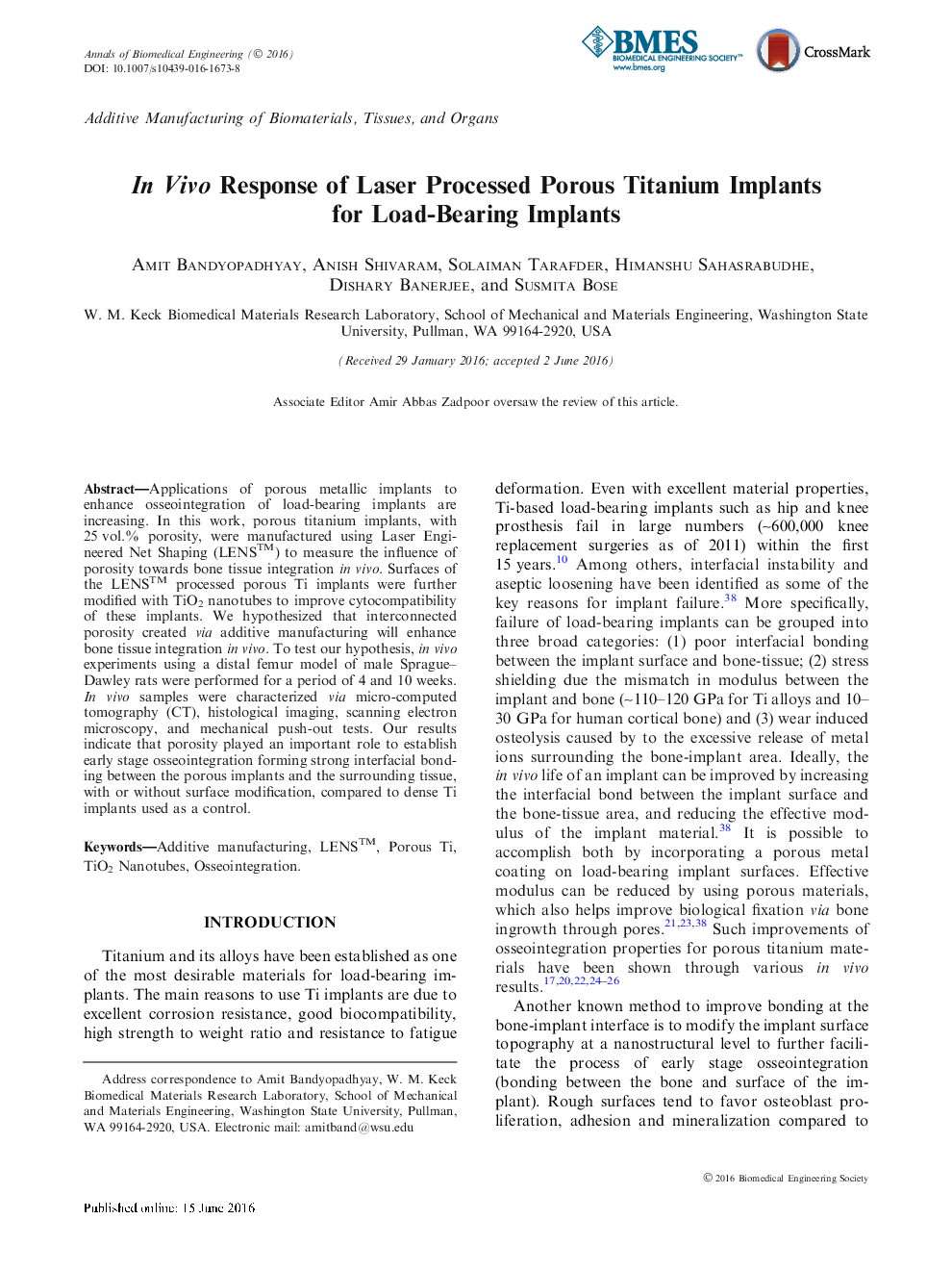| کد مقاله | کد نشریه | سال انتشار | مقاله انگلیسی | نسخه تمام متن |
|---|---|---|---|---|
| 5780813 | 1635354 | 2017 | 12 صفحه PDF | دانلود رایگان |
عنوان انگلیسی مقاله ISI
Debris flow recurrence periods and multi-temporal observations of colluvial fan evolution in central Spitsbergen (Svalbard)
دانلود مقاله + سفارش ترجمه
دانلود مقاله ISI انگلیسی
رایگان برای ایرانیان
کلمات کلیدی
موضوعات مرتبط
مهندسی و علوم پایه
علوم زمین و سیارات
فرآیندهای سطح زمین
پیش نمایش صفحه اول مقاله

چکیده انگلیسی
Fan-shaped accumulations of debris flow deposits are common landforms in polar regions such as Svalbard. Although depositional processes in these environments are of high interest to climate as well as Mars-analog research, several parameters, e.g., debris flow recurrence periods, remain poorly constrained. Here, we present an investigation based on remote sensing as well as in situ data of a ~ 0.4 km2 large colluvial fan in Hanaskogdalen, central Spitsbergen. We analyzed high resolution satellite and aerial images covering five decades from 1961 to 2014 and correlated them with lichenometric dating as well as meteorological data. Image analyses and lichenometry deliver consistent results and show that the recurrence period of large debris flows (â¥Â 400 m3) is about 5 to 10 years, with smaller flows averaging at two per year in the period from 2008 to 2013. While this is up to two orders of magnitude shorter than previous estimates for Svalbard (80 to 500 years), we found the average volume of ~ 220 m3 per individual flow to be similar to previous estimates for the region. Image data also reveal that an avulsion took place between 1961 and 1976, when the active part of the fan moved from its eastern to its western portion. A case study of the effects of a light rain event (~ 5 mm/day) in the rainy summer of 2013, which triggered a large debris flow, further shows that even light precipitation can trigger major flows. This is made possible by multiple light rain events or gradual snow melt pre-saturating the permafrost ground and has to be taken into account when predicting the likelihood of potentially hazardous mass wasting in polar regions. Furthermore, our findings imply a current net deposition rate on the colluvial fan of ~ 480 m3/year, which is slightly less than the integrated net deposition rate of 576 to 720 m3/year resulting from the current fan volume divided by the 12,500 to 10,000 years since the onset of fan build-up after the area's deglaciation. However, the actual deposition rate, which should increase in a warmer climate including more rain, cannot be constrained due to effects like ongoing toe-cutting of the debris fan and some flows only causing internal redistributions.
ناشر
Database: Elsevier - ScienceDirect (ساینس دایرکت)
Journal: Geomorphology - Volume 296, 1 November 2017, Pages 132-141
Journal: Geomorphology - Volume 296, 1 November 2017, Pages 132-141
نویسندگان
H. Bernhardt, D. Reiss, H. Hiesinger, E. Hauber, A. Johnsson,